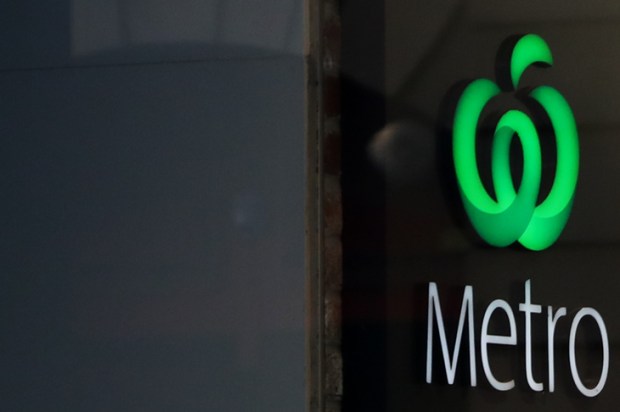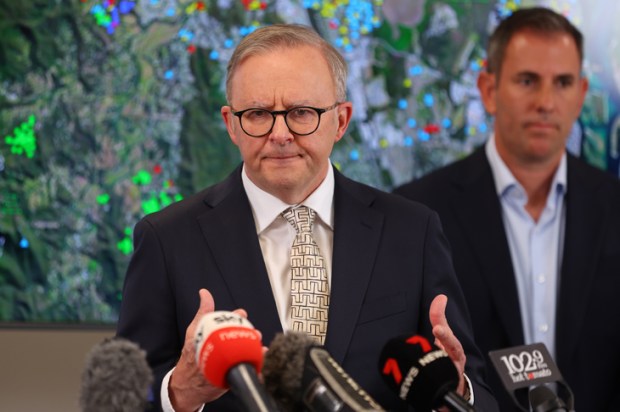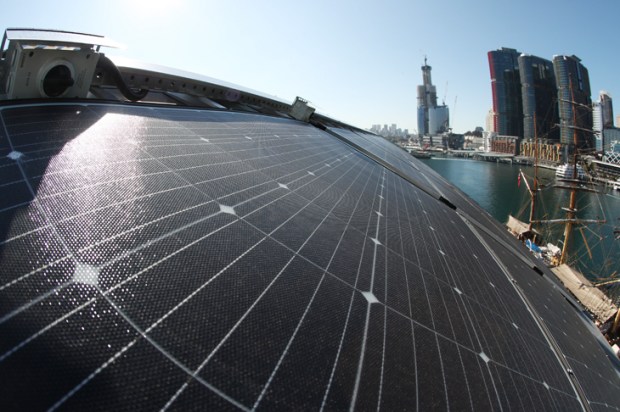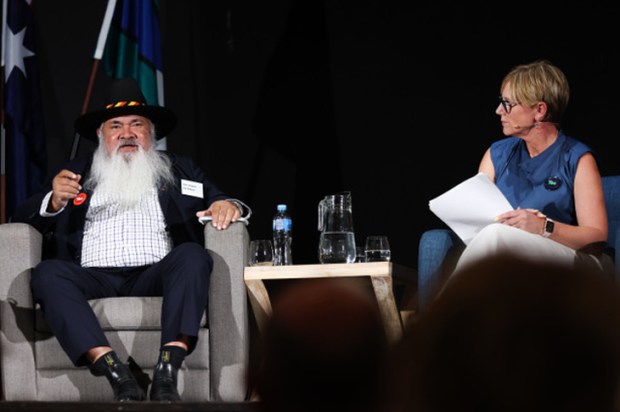Sorry, Malcolm and Scott, but you’re still in deep fiscal doo-doo. Despite last week’s encouraging headline ‘Resources surge offers hope’ of a May budget that boosts the Turnbull government’s standing before an early election, there will be no golden bullet from any sustained revival in prices for Australia’s major exports (iron ore, coal, oil/LNG) to solve the budget crisis of too much government spending and not enough revenue. Since their peak in September 2011, prices for our resource exports have been cut by more than half. Expert opinion, including from Treasury, indicates the sharp price recovery for most commodities in Feb-Mar from December’s lows had less to do with any fundamental change in the current imbalance between supply and demand and more to do with inflated market expectations boosted by the urgent covering by short sellers of both the commodities themselves and the companies, like BHP, Rio and Woodside, that produce them.
On the face of it, this year’s rises in resource export prices looked like good news for Treasurer Scott Morrison, with Australia’s biggest overseas earner, iron ore, soaring from December’s low of $US37 a tonne to over $US63 last week. The 2015 slump had prompted Treasury in its December budget update to cut its expectations from $US48 a tonne to only $US39. With every $US10 move affecting the budget bottom line by $2.1 billion in the first year and $4.4 billion in the second, this meant a two-year budget hit of almost $7 billion. But Treasury is not banking on anything like the current price spike to last, with its head of economics Nigel Ray telling the Australian that in view of the risks of further downgrades of the world economy, the outlook for Australia’s income remained ‘challenging’. His caution is shared by the industry’s senior leaders, whose consensus forecast is for a return to the $US40s, with one chief executive dismally suggesting back to the $US30s again. There are good reasons for this. Not only is there little confidence in the Chinese economic growth target of 7 per cent having much impact on steel production (and demand for iron ore), but with 75 million tons of new low-cost iron ore supply on the way this year, from both Australia and Brazil, this will need to be offset by the removal of high-cost non-competitive ore to avoid further stress in an already over-supplied market. This sort of transition last year was not enough to prevent the price slump as 130 million tonnes left the market to be replaced by 110 million new tonnes. So Goldman Sachs says the commodity rout has further to run and prices will remain lower for longer.
There could be a flicker of hope for a rise in the oil price helping out the Treasurer with some tax revenue, even though Australia’s expectations of major rewards from becoming the world’s biggest exporter of Liquid Natural Gas (and Australia’s top export item) by next year have been dimmed not only by the (linked) depressed oil price but also by the threat of serious competition from rapidly expanding low-cost US LNG producers. Nevertheless this week’s first shipment to Asia of LNG from Western Australia’s Chevron/ExxonMobil/Shell-owned $70 billion Gorgon project (Australia’s biggest-ever single investment) has been forecast to add more than $440 billion to Australia’s GDP over the next 30 years, along with almost $70 billion in federal taxes.
Sustaining (or even improving on) the 50 per cent lift in oil prices from December’s low to the current $US40-odd a barrel depends on what sort of deal to limit output from the Middle East, Russia, North Africa and South America can be done between nations that don’t trust each other. But current low prices are so much below their fiscal break-even levels that looming economic crises and internal unrest may force them to an output-freeze agreement when they meet in Moscow on Sunday.
However, the ease with which any price rise can be met with increased production from rival sources (like US shale) severely limits upward price hopes even if the freeze agreement includes a recalcitrant and now sanction-free Iran. And implementing any such deal will be like herding cats. Australian motorists look like enjoying cheap petrol for a while yet.
Got something to add? Join the discussion and comment below.
Get 10 issues for just $10
Subscribe to The Spectator Australia today for the next 10 magazine issues, plus full online access, for just $10.
You might disagree with half of it, but you’ll enjoy reading all of it. Try your first month for free, then just $2 a week for the remainder of your first year.













Comments
Don't miss out
Join the conversation with other Spectator Australia readers. Subscribe to leave a comment.
SUBSCRIBEAlready a subscriber? Log in